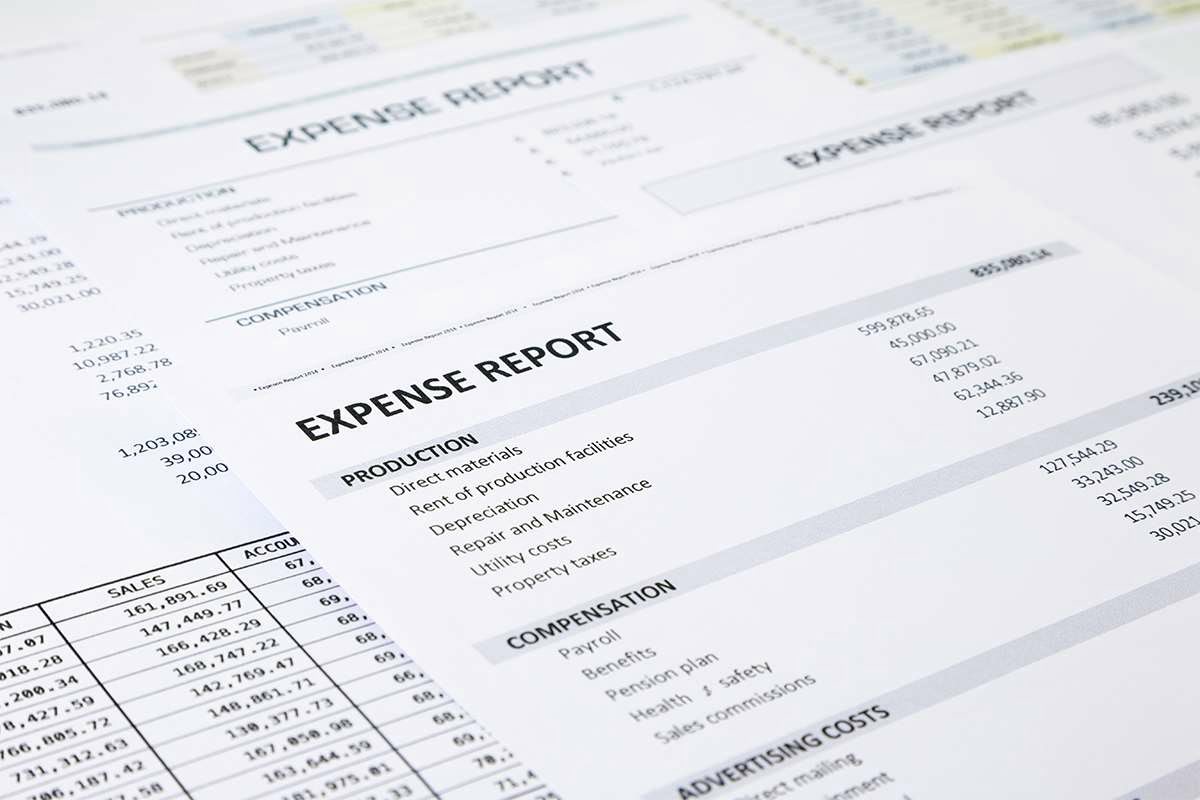
Current liabilities are bills or debts due within a year, like accounts payable and payroll. Equity is what’s left after subtracting liabilities from assets—the net value of your business. The working capital turnover ratio is calculated by dividing sales revenue by working capital (that is, current assets minus current liabilities). While sales revenues cannot be negative, if the working capital is negative, the working turnover ratio can become negative. Businesses can determine the amounts of current assets and current liabilities from the balance sheet.
Working Capital vs Liquidity
LMN Corporation’s management retained earnings decided to undergo a series of infrastructural developments. However, it came to light much later that the company did not have the desired amount of funds at its disposal for such an extensive expansion. Working capital analysis can give an indication of problems in a business, or a change in the business model that may be out of line with the strategy. Let’s look at that prior example of two businesses with a working capital of $1,000.
- Permanent working capital is the capital required to make liability payments before the company is able to convert assets or client invoice payments into cash.
- While the current ratio looks at the liquidity of the company overall, days sales outstanding calculates liquidity specifically to determine how well a company collects outstanding accounts receivables.
- Usually financial statements refer to the balance sheet, income statement, statement of comprehensive income, statement of cash flows, and statement of stockholders’ equity.
- After all, getting a company’s cash out of inventory and back into the checking account means less risk, less holding costs, more profit, and more liquidity.
Discover easy steps to manage your cash flow
Then, when the inventory is sold and starts to move, you need to invest to replace it. Yet if you have sold working capital ratio definition on credit to your customers, you still haven’t earned any cash. To the extent you have purchases on credit from your suppliers (accounts payable) this reduces the working capital requirement. The company’s total current assets (£27,500) minus its current liabilities (£17,500) come to £10,000. Negative working capital means assets aren’t being used effectively and a company may face a liquidity crisis. Even if a company has a lot invested in fixed assets, it will face financial and operating challenges if liabilities are due.
- If the working capital ratio is negative, it means the company does not have sufficient liquidity and current assets to service its current liabilities.
- A current ratio of 1.50 or greater would generally indicate ample liquidity.
- For example, if a company receives $10,000 today to perform services in the next accounting period, the $10,000 is unearned in this accounting period.
- This means the company has $70,000 at its disposal in the short term if it needs money for any reason.
- Taking a close look at your expense reports (or credit card statements) often reveals surprising areas where you can trim costs.
- Positive working capital doesn’t necessarily mean you’re using your resources efficiently.
- Current assets include cash, receivables, inventory, and short-term investments.
How to expand your business

If Kay wants to apply for another loan, she should pay off some of the liabilities to lower her working capital ratio before she applies. These measures the respective turnovers, e.g., days inventory outstanding means how many times the inventory was sold and replaced in a given year. Current assets include cash and other assets that can convert to cash within a year. Current assets are economic benefits that the company expects to receive within the next 12 months.
Slavery Statement
Working capital is the difference between current assets and current liabilities, while the current ratio is the ratio of current assets to current liabilities. If you set up a retail business, you would firstly have to invest in the Fixed Assets such as property, fixtures & fittings, even a website. But also, you would need to buy inventory – to keep on the shelves, and a stock in a warehouse / storeroom.
Liquidity assessment

Positive working capital is required to ensure that a firm is able to continue its operations and that it has sufficient funds to satisfy both maturing short-term debt and upcoming operational expenses. The management of working capital involves managing inventories, accounts receivable and payable, and cash. Working capital measures funds available for daily operations (current assets minus current liabilities). Free cash flow is cash left after covering major expenses, while cash flow tracks all money moving in and out of the business. Now let’s do one more calculation of the inventory turnover ratio by using some new information. Let’s assume that a company’s income statement for a recent year reported the cost of goods sold of $720,000.

Current liabilities (short-term liabilities)
Subscriptions you barely use, extravagant client dinners you don’t really need – these small leaks can drain your monthly cash flow. Taking a close look at your expense reports (or credit card statements) often reveals surprising areas where you can trim costs. If you’re in a situation where working capital is tight, and you need some breathing room, a working capital loan could be a potential solution – even if you’ve had challenges with your credit in the past. Have you ever looked at shelves full of slow-moving items and thought, “I should’ve ordered fewer of these”? Overstock can lock up cash that you could be using to cover essential bills or fresh initiatives. Tools like Fishbowl or TradeGecko (now part of QuickBooks Commerce) can help you forecast demand so you’re ordering the right amount at the right time.

This may lead to more borrowing, late payments to creditors and suppliers, and, as a result, a lower corporate credit rating for the company. The result is https://www.bookstime.com/articles/how-to-find-remote-accounting-jobs-in-2023 the amount of working capital that the company has at that time. Working capital is the amount of money that a company can quickly access to pay bills due within a year and to use for its day-to-day operations. To calculate working capital, subtract a company’s current liabilities from its current assets. It is calculated by dividing annual sales by the average working capital.
Treasury Management
The balance sheet reports the assets, liabilities, and owner’s (stockholders’) equity at a specific point in time, such as December 31. The balance sheet is also referred to as the Statement of Financial Position. Under the accrual basis of accounting, revenues are recorded at the time of delivering the service or the merchandise, even if cash is not received at the time of delivery. This ratio compares the amount of cash + marketable securities + accounts receivable to the amount of current liabilities.
